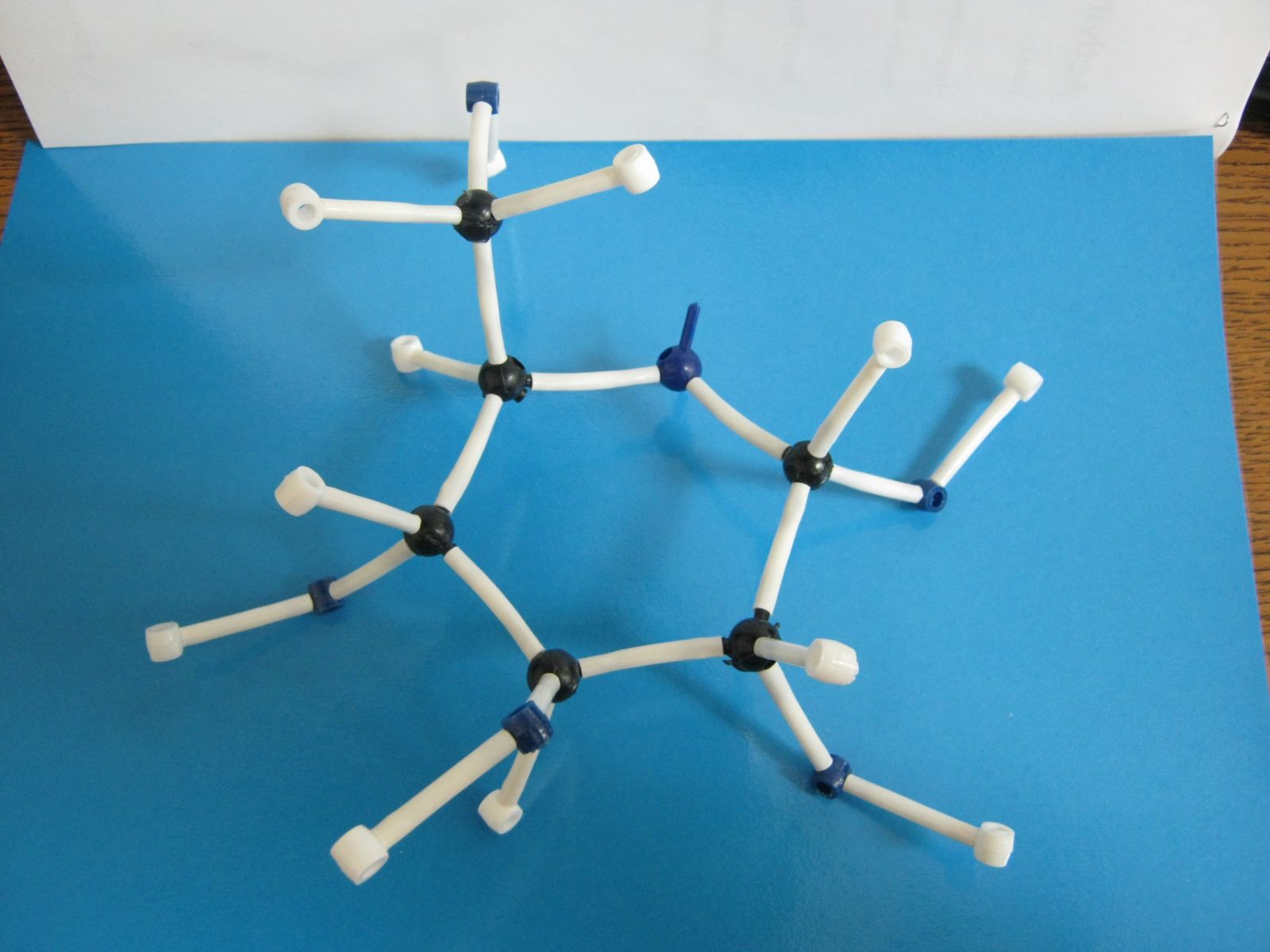Cp Bio 2 - Unit 1 Rebate (Spring 2014)
2.
You may optionally provide this to label your report, leaderboard, or certificate.
Submit
×
Thank you for your feedback!
















